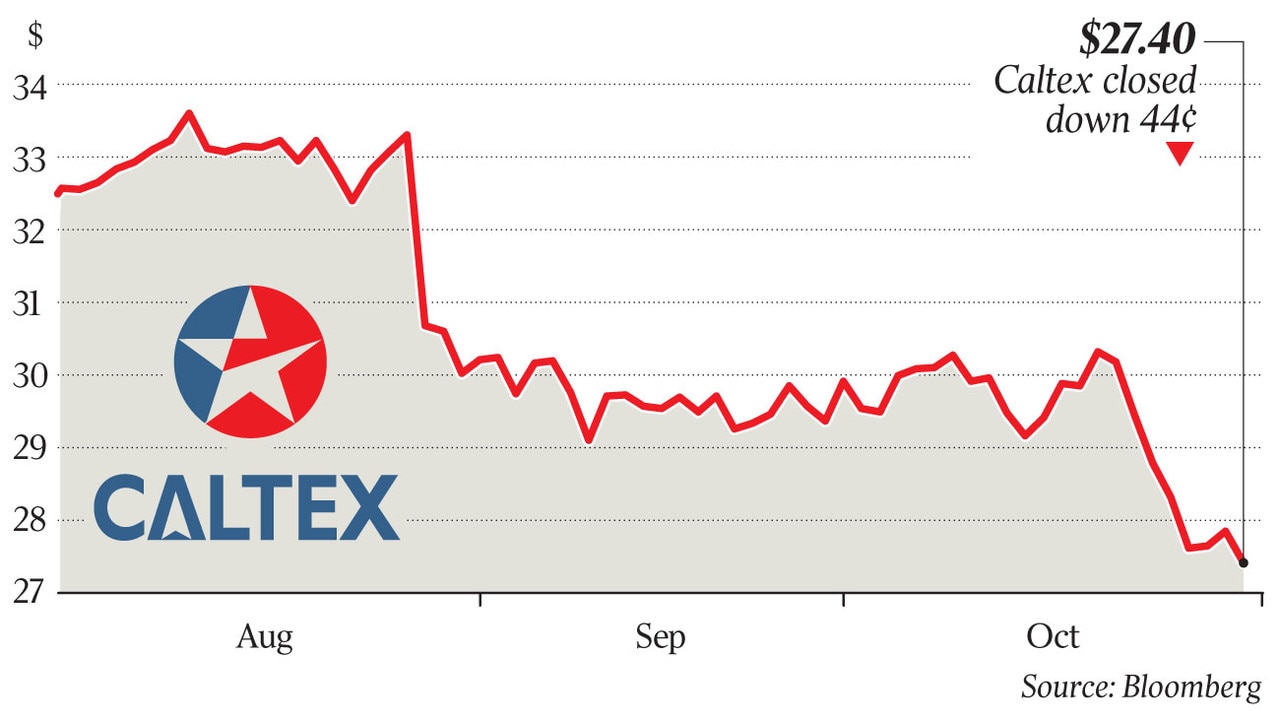Oil prices surged on Monday, extending gains from the previous week after data revealed a larger-than-anticipated drop in U. S. crude oil stockpiles. The price of Brent crude futures, the global benchmark for oil, climbed by 1. 8% to $113. 10 per barrel. West Texas Intermediate (WTI) crude futures, the benchmark for U. S. oil, also rose by 1. 6% to $110. 20 per barrel.
This increase comes amidst ongoing concerns about tight global oil supplies. The conflict in Ukraine has significantly disrupted oil exports from Russia, a major producer. Additionally, several key members of the Organization of the Petroleum Exporting Countries (OPEC) have struggled to meet their production quotas due to limited investment and infrastructure constraints.
The latest data from the U. S. Energy Information Administration (EIA) added to these supply anxieties. The EIA reported a significant decline of 5. 2 million barrels in U. S. crude oil inventories for the week ending June 24th. Analysts had only predicted a drop of around 3 million barrels. This decline suggests a potential tightening of domestic crude supplies in the world's largest oil consumer.
The EIA report also showed a decrease in gasoline stockpiles of 1 million barrels, exceeding analyst expectations. This decrease, coupled with the upcoming summer driving season in the U. S. , could put further pressure on gasoline prices at the pump.
Geopolitical tensions also continue to weigh on the oil market. Recent threats from Iran to close the Strait of Hormuz, a critical shipping lane for oil exports from the Middle East, have heightened concerns about potential disruptions to global oil supplies.
While some market analysts predict that a global economic slowdown could dampen oil demand in the coming months, the current supply constraints continue to be the primary driver of oil prices. The International Energy Agency (IEA) recently revised its forecast for global oil demand upwards, citing a stronger-than-expected rebound in demand from China.
The rise in oil prices is likely to have a knock-on effect on other commodities and consumer goods. Energy prices have already been a major contributor to inflationary pressures around the world. Central banks are grappling with the challenge of taming inflation without stifling economic growth. The continued rise in oil prices could complicate their efforts.

